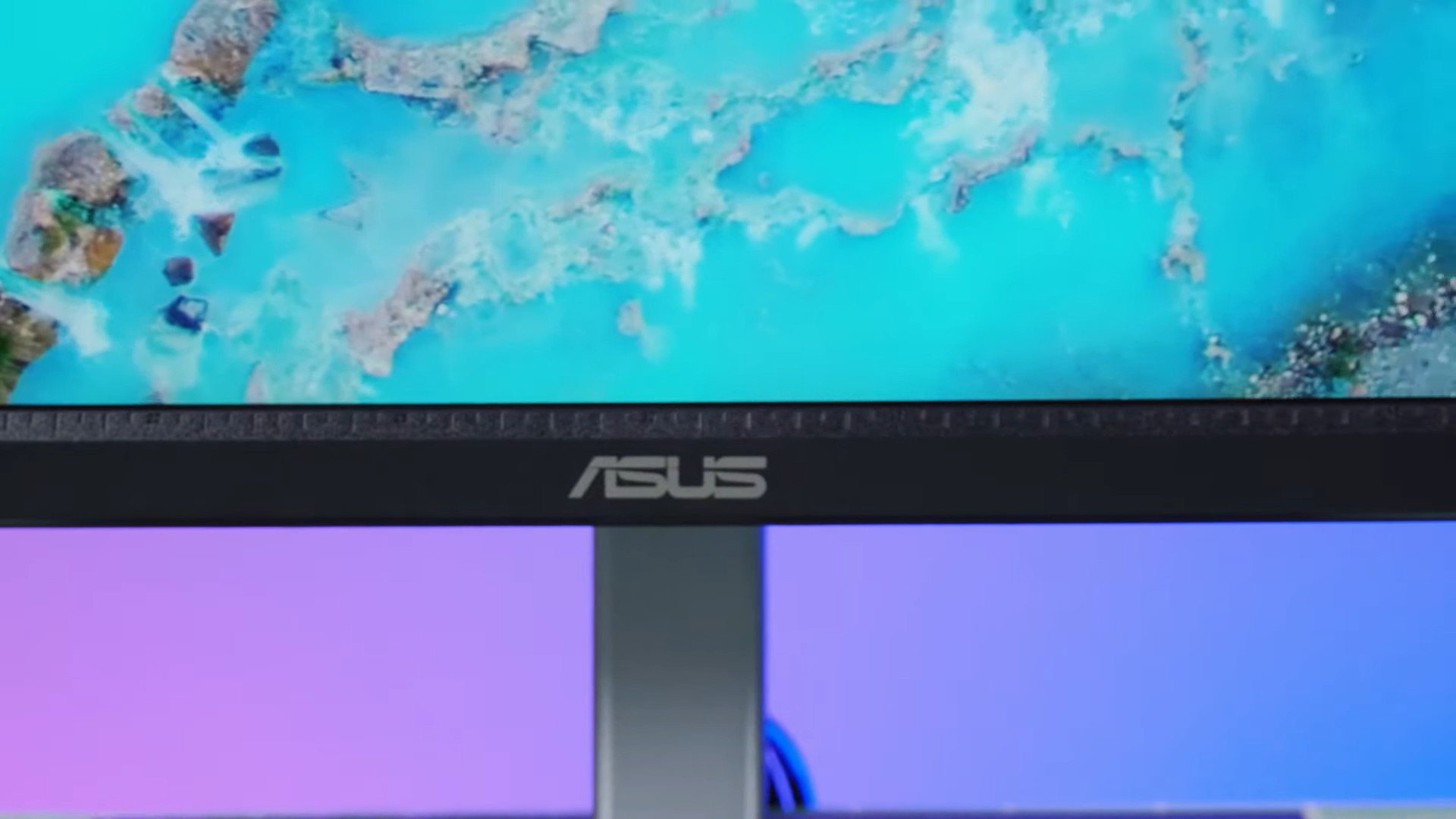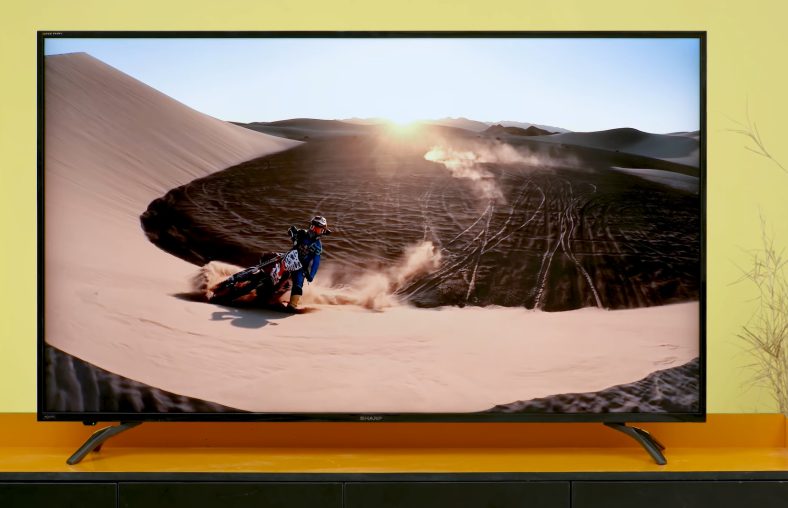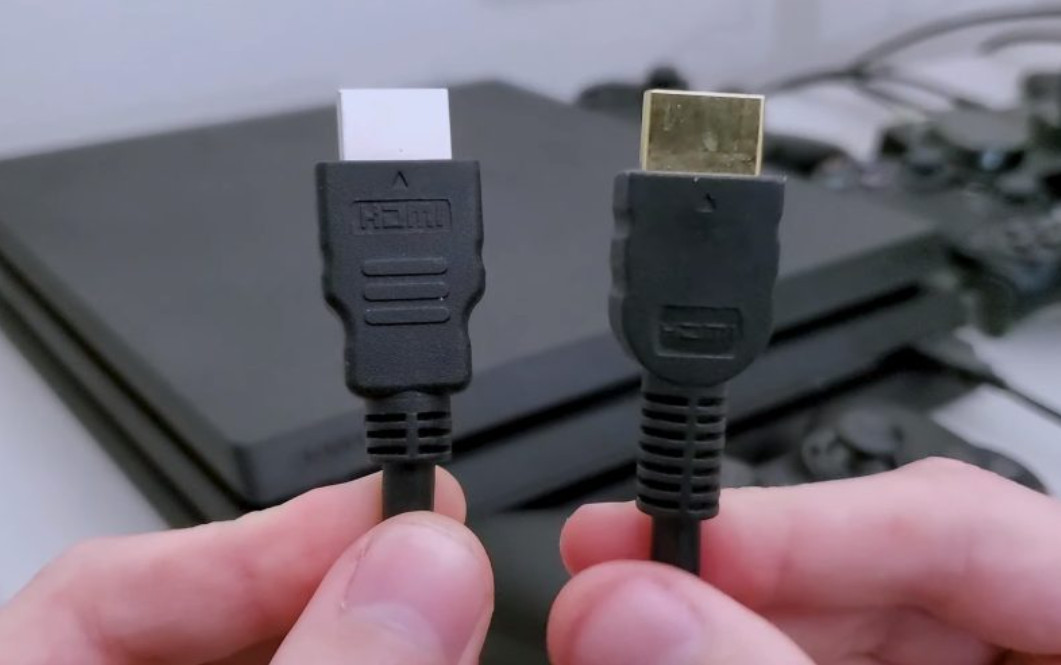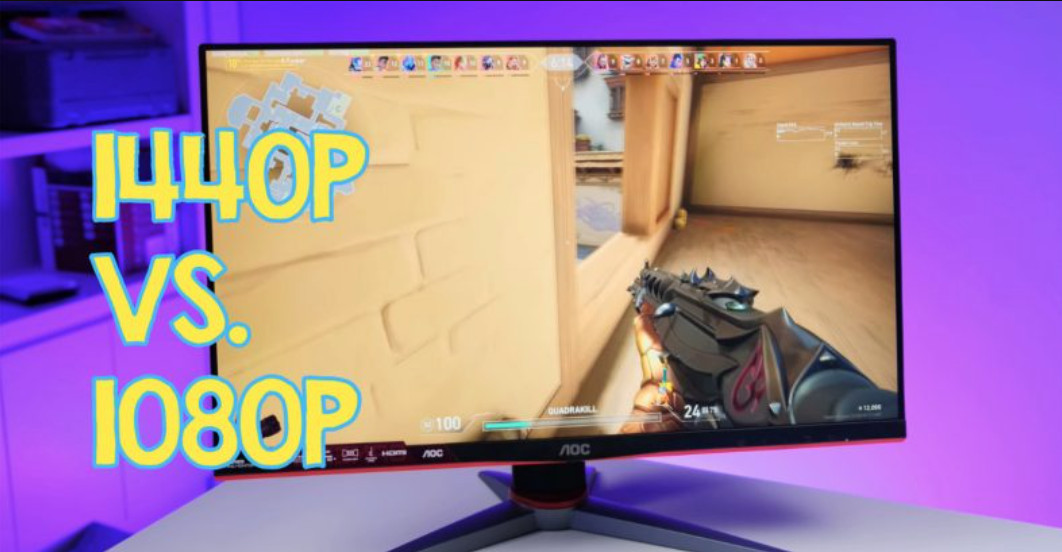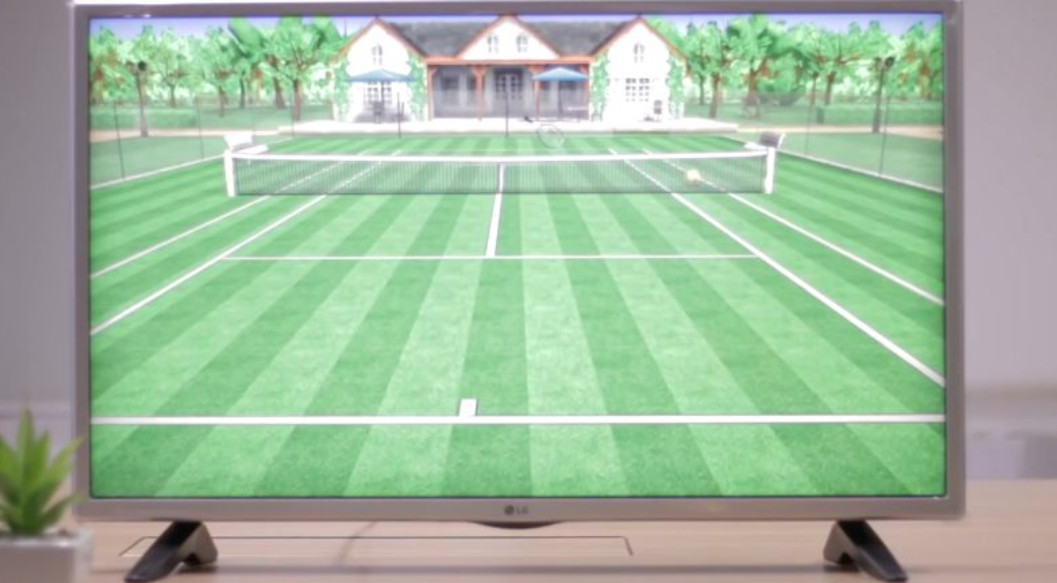
Is 1080i better than 720p? 5 facts to know in 2023
Is 1080i Better Than 720p? 1080i and 720p were used to be the most popular formats for computer screen and TV resolutions. However, many people and TV manufacturers have gradually switched from 720p to the Full HD format.
So, is there any difference when you switch from 720p to 1080i format? Will you get better image quality or performance? Is the upgrade worth your money?
This post will compare the 1080i and 720p formats to show you the fundamental differences between them. Continue reading, and you can select the most optimal format for your needs and preferences.
Table of Contents
What Is 720p?
720p or the standard HD (high-definition) resolution has 1280 pixels in height and 720 pixels in width. The “p” letter indicates the progressive scanning panel technology.
This technology enables screens to scan and alternate the image lines faster to refresh the entire image. The 720p and 1080p resolutions help eliminate the visual artifacts you encounter on lower screen resolutions.
Like the other popular screen resolutions, 720p is prevalent on the 16:9 aspect ratio. It is an improvement from the 480i or 480p formats.
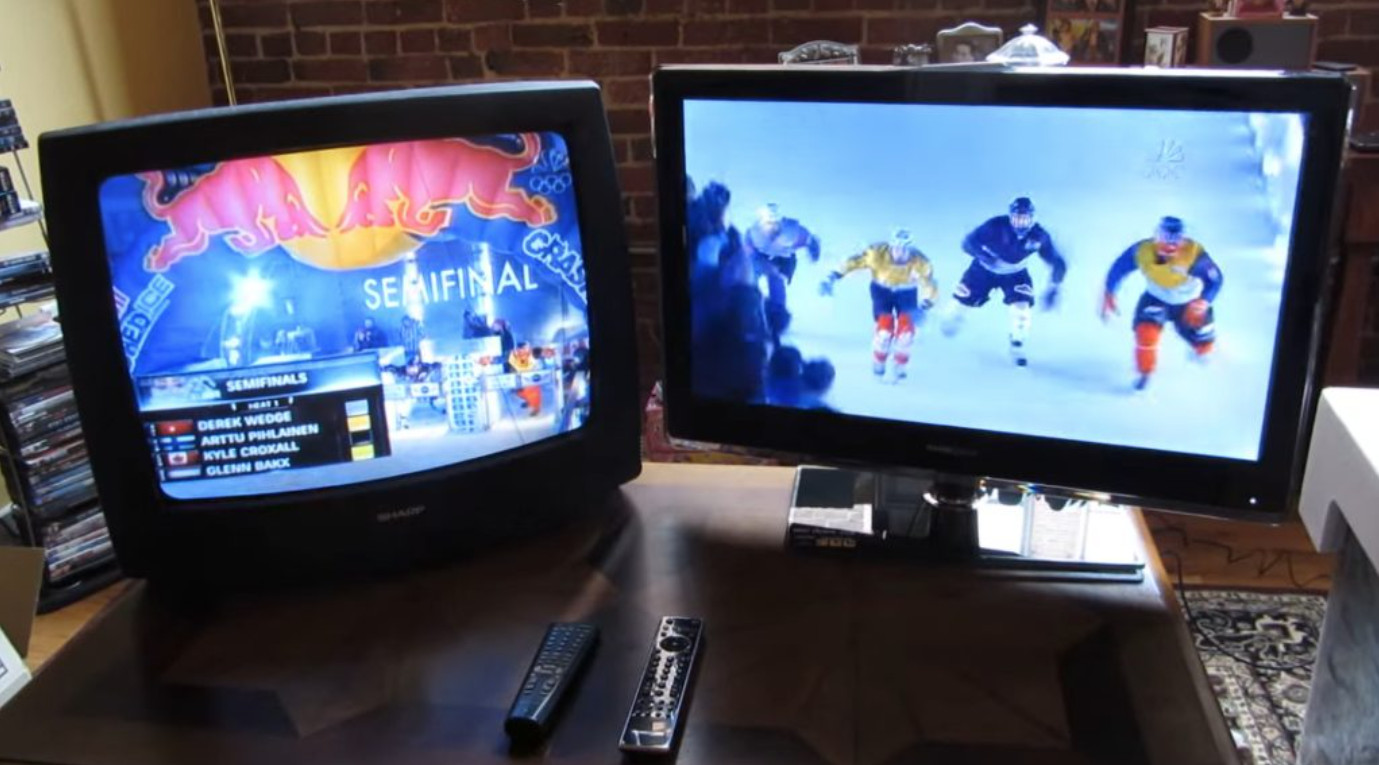
What Is 1080i?
Similar to 1080p or the Full HD format, 1080i is capable of displaying 1920 pixels in height and 1080 pixels in width. The core difference lies in the panel technology or display method.
The “i” letter means “interlaced” display method. With this method, the screen will split the images into two distinct video fields. Each field consists of half of the total line that makes up an entire image.
The Full HD formats have gradually become the lowest accepted standard for many game settings, video formats, and modern media devices. It means that you can no longer watch videos and play in resolutions lower than FHD.
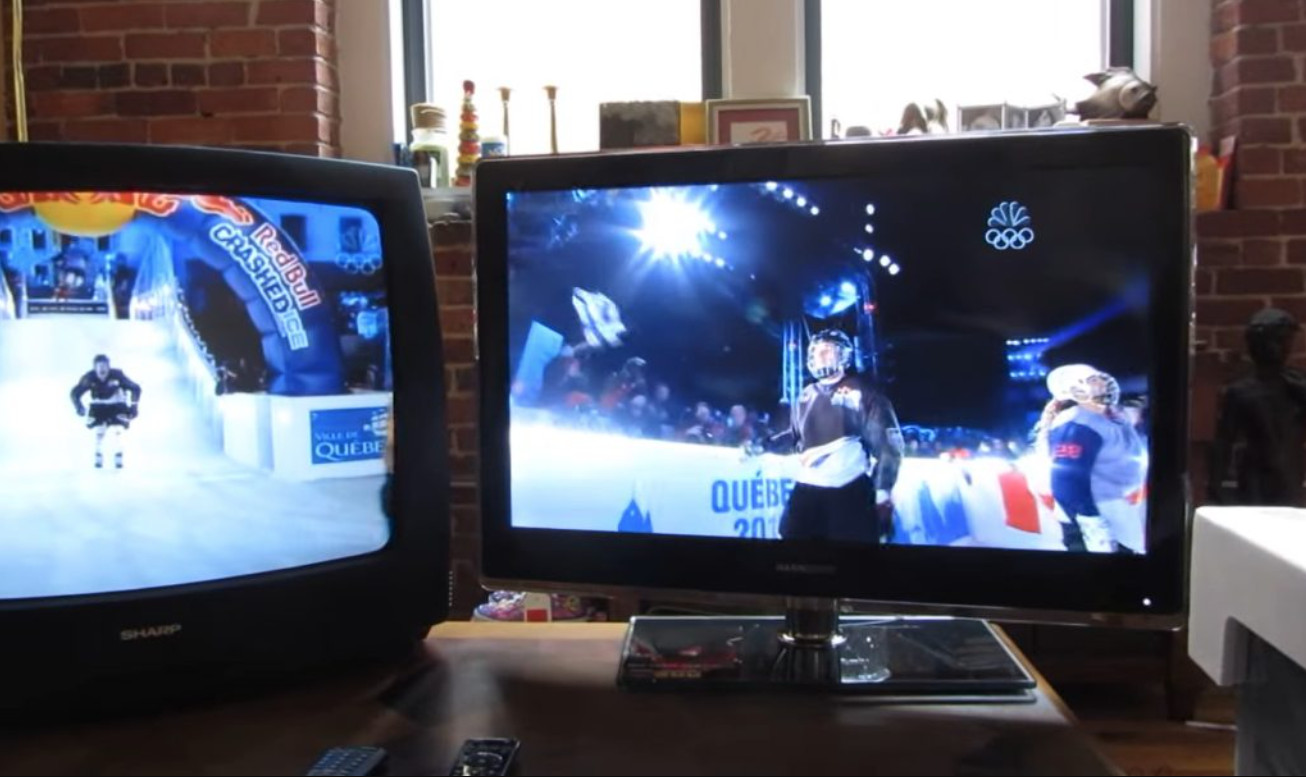
Is 1080i Better Than 720p?
1080i brings sharper image quality due to the higher number of pixels, but it has a more inferior scanning method compared to the progressive display method of 720p.
As a result, users get clearer images on 1080i, but they can encounter blurs and image distortions with fast-moving objects on the screen.
| Features | 720p | 1080i |
|---|---|---|
| Image resolution | 1280 x 720 pixels (921,600 pixels in total) | 1,920×1,080 pixels(2,073,600 pixels in total) |
| Display method | Interlaced: Scan all the lines simultaneously | Progressive (Split into two video fields with 540 lines on each field) |
| Lines | 720 lines | 1080 lines |
| Price | More affordable | Medium |
Image Resolution: The Higher The Better
Image resolution, or the total number of pixels a screen has, is crucial. It indicates how accurately and vividly the screen can display the videos and images.
In general, higher resolutions equal better image quality, sharpness, and a more satisfying watching experience. 1080i has nearly double the number of pixels (2 million) as the figure for 720p,
For this reason, it is evident that the Full HD format brings significantly better image sharpness and vivid details than its counterpart. Not to mention its scan method, which scans the lines from top to bottom to make an entire image.
For gaming, the Full HD format is a more optimal option. Since most games only support the Full HD settings, you cannot play with the 720p image resolution.
It is the same for video formats on streaming services like Netflix or Youtube.
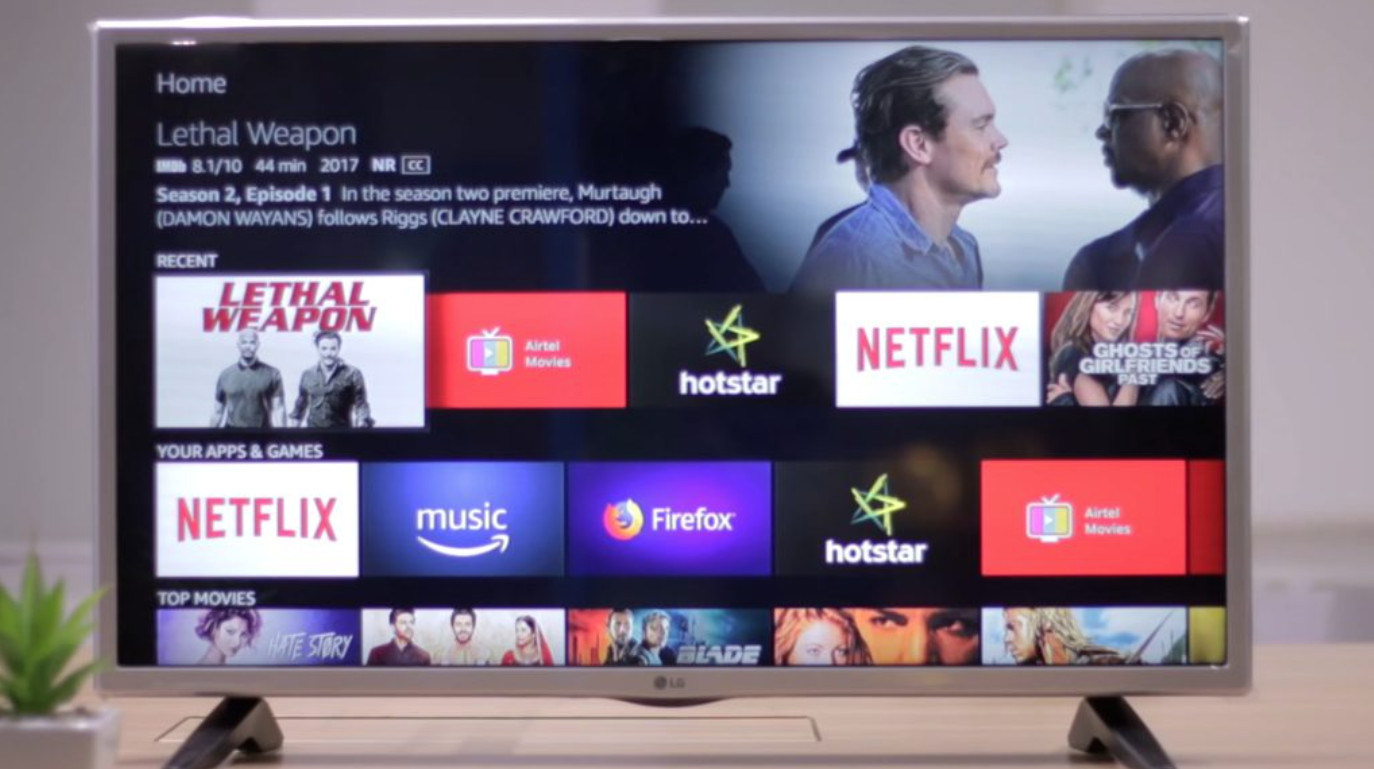
Value For Money
The TVs and monitors that are equipped with Full HD image resolutions used to be significantly more expensive. However, their prices have gotten more affordable now, thanks to the advance in display technologies.
Although the 720p displays are cheaper, they come with lower image quality. The price of a monitor or TV also depends on the refresh rate, screen size, and the brand that manufactures it.
So paying a little more money for the Full HD formats is a wiser choice since you will get the best value for money.
Related:
– QHD Vs. WQHD
– 1080p vs 1440p: Which Is Better?
Display technology
Despite its lower number of pixels and image quality, 720p exceeds in terms of display method. As mentioned above, 720p uses the progressive display method, while 1080i uses interlaced technology.
The progressive method comes with some significant advantages compared to the interlaced displays. On interlaced screens that display a lot of motions, viewers can easily notice the blurs or glitchy effects when an object moves fast.
Meanwhile, the progressive display method can display the entire movement of objects on the screen smoothly without getting blurred or interrupted.
For this reason, the progressive scan is prevalent on the majority of modern media devices and monitors. The 1080i is suitable for slow-moving images, but it is not ideal for fast-moving motions on the screen.
Which Is The Most Suitable Resolution to Use on Your TV?
The ideal TV resolution for people with tight budgets is the FHD format (1080p or 1080i). But it is only ideal for TVs with less than 32 inches in screen size.
If you want a big TV screen, opt for 2K or 4K resolutions to avoid blur and image distortions and get more vivid image quality at closer views. However, the resolution alone cannot tell the overall performance of a TV.
You should also consider the aspect ratio, refresh rate, and the type of panel the TV uses (VA or Oled, for example). Between 720p and 1080i, it is hard to notice the difference unless you sit close to the TV screen.
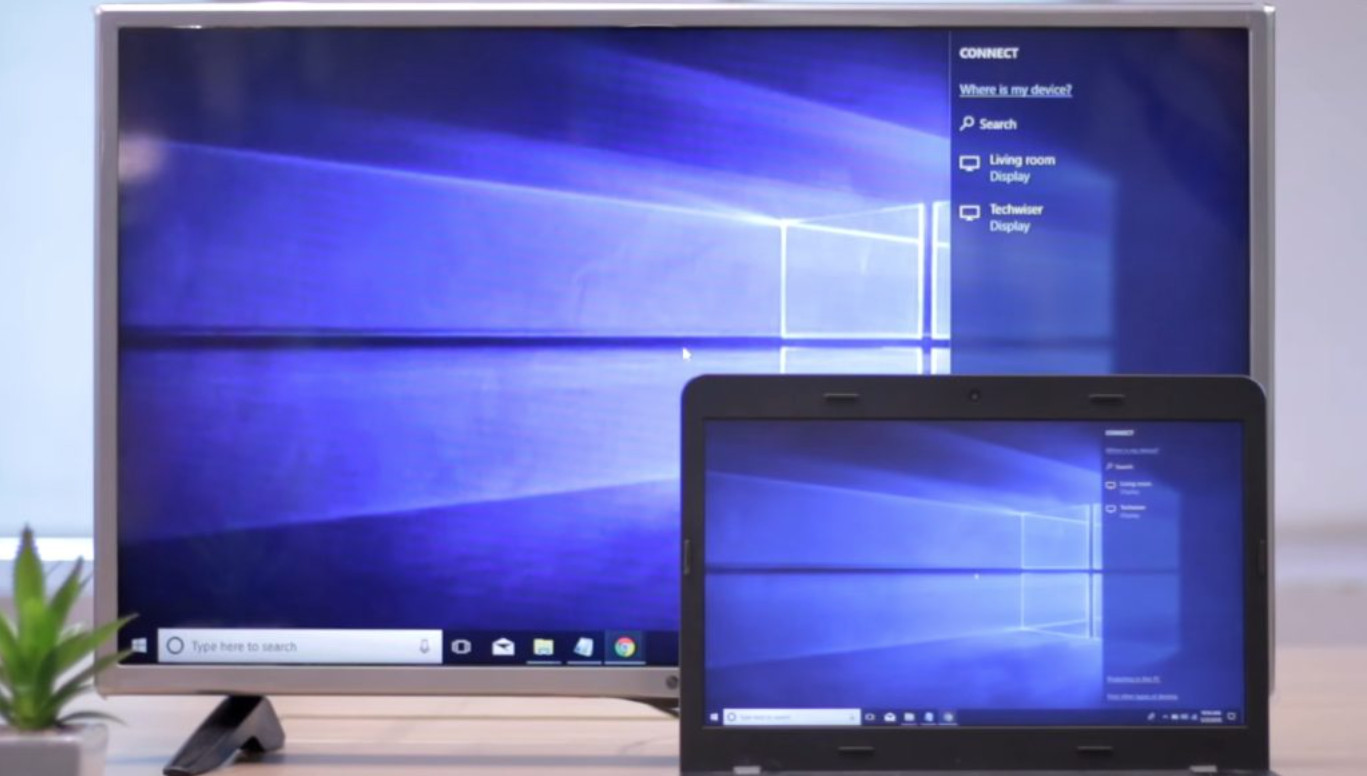
Final Verdict
Although 1080i comes with higher pixels and resolution, its interlaced display method is not as good as the progressive scan on 720p displays.
You won’t notice many differences between these two formats through the everyday watch.
In my opinion, you should spend a little more money to purchase at least Full HD screens with a progressive scan method, such as 1080p format. It is the most prevalent format on media devices, bringing a satisfying watching experience.
I hope that the information in this post can help ease your purchase decision. Thank you for reading!

